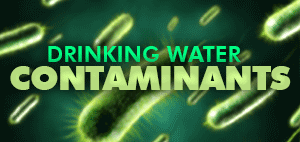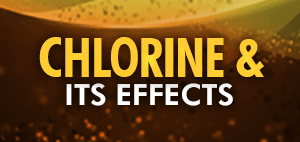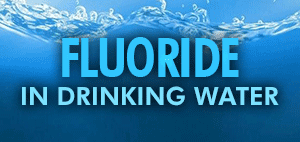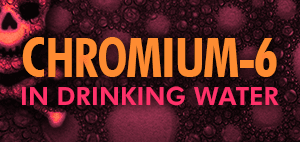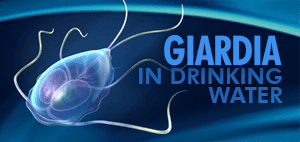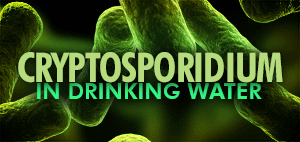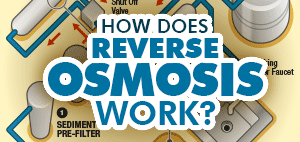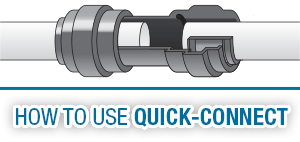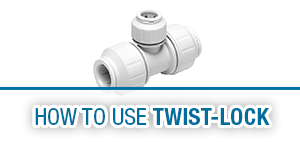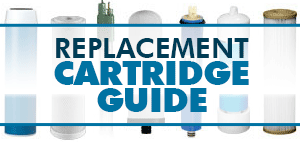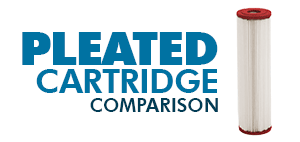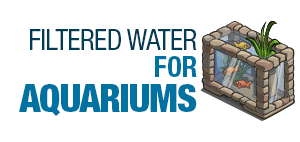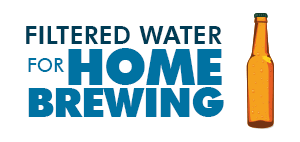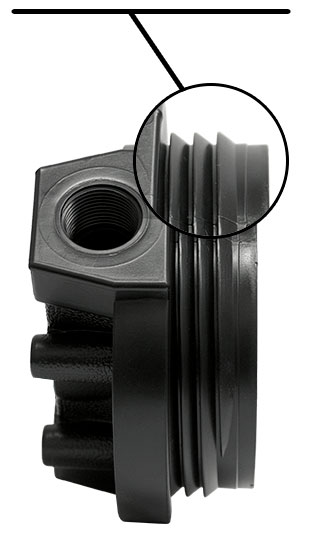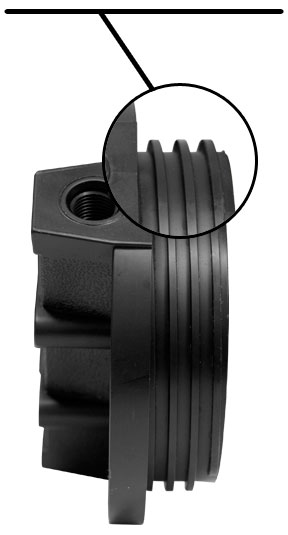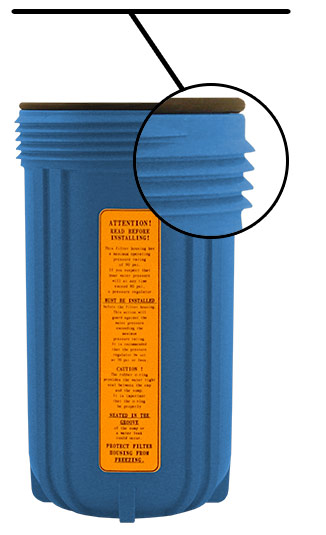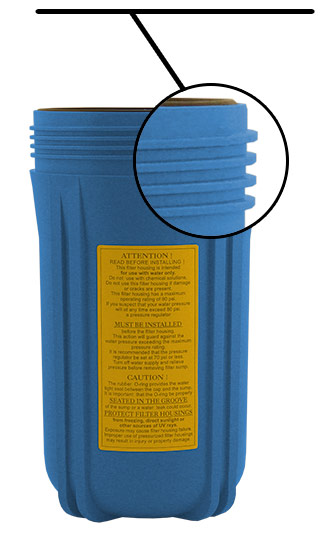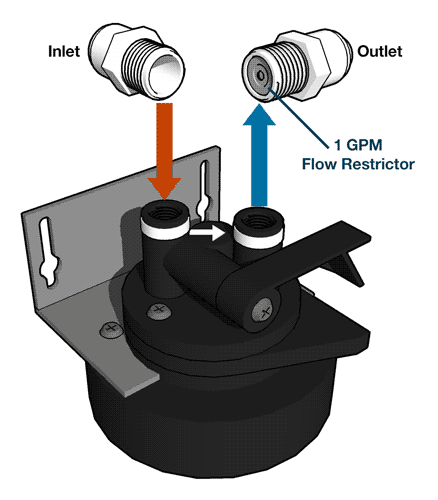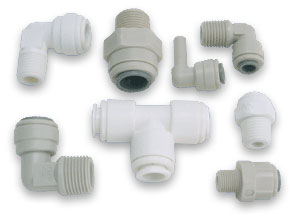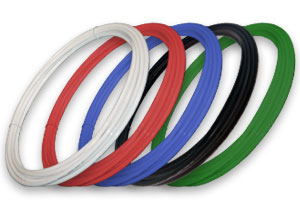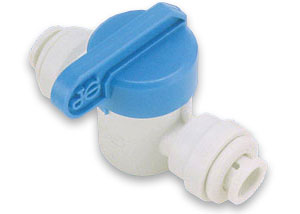Is It Chlorine or Chloramines in My Water?
 All over the world municipal water companies have been using chlorination, the process of adding chlorine to water, to prevent the spread of waterborne diseases, such as E. coli. Since the late 1990’s some cities have begun using the compound chloramine to disinfect their water supplies. Chloramines provide longer lasting water treatment and produces fewer chemical byproducts than chlorine while in pipes. If chloramine levels get too high they can damage water pipes. Chlorine can produce carcinogenic byproducts, but unlike chloramines, chlorine will dissapate rapidly when exposed to air or boiling temperatures.
All over the world municipal water companies have been using chlorination, the process of adding chlorine to water, to prevent the spread of waterborne diseases, such as E. coli. Since the late 1990’s some cities have begun using the compound chloramine to disinfect their water supplies. Chloramines provide longer lasting water treatment and produces fewer chemical byproducts than chlorine while in pipes. If chloramine levels get too high they can damage water pipes. Chlorine can produce carcinogenic byproducts, but unlike chloramines, chlorine will dissapate rapidly when exposed to air or boiling temperatures.
Sometimes different filter elements are required depending on which chemical, chlorine or chloramine, your water company uses for disinfection. The easiest way to find out which is used is to simply call your local water provider and ask. Another way to determine which chemical is used is to order a water test that checks for chloramines or the presence of ammonia.
Drinking Water Testing Kits from National Testing LaboratoriesWhat are Chloramines and Why Are They In My Water?
Chloramines are an inorganic compound that is a derivative of ammonia and are use das a disinfectant for municipal drinking water. Chloramines can be formed when ammonia is added to chlorine. The EPA limits the concentration of chloramines in drinking water to 4 parts per million (ppm).
What are the Immediate Health Effects of Chloramine Exposure?
Chloramine has been implicated as a mutagen and as a toxic agent for aquatic life, hence the US EPA proposes to prohibit its use in drinking water. Chlormination can produce a greater concentration or unregulated iodinated disinfection by-products but fewer regulated halogenated disinfection by-products than chlorination will.
Chloramines and Homebrewing
When brewing beer with tap or bottled water, chlorine and chloramine present in the water can combine with malt phenols in the wort to create a compound called chlorophenol, which can give the beer a medicinal taste. Cleaning your equipment with unfiltered tap water and not allowing it to dry properly will leave chlorine or chloramines on the surface and lead to the same production of chlorophenol. Sediments and other total dissolved solids (TDS) present in tap water can give your beer a cloudy, hazy look.
Filter Water for Home Beer Brewing
Chloramine Removal From Drinking Water
Reverse Osmosis Water Filters Chloramine Removal Cartridges
NSF 42 Certified
From NSF.org
NSF/ANSI Standard 42: Drinking Water Treatment Units – Aesthetic Effects
Overview: This standard covers point-of-use (POU) and point-of-entry (POE) systems designed to reduce specific aesthetic or non-health-related contaminants (chlorine, taste and odor, and particulates) that may be present in public or private drinking water.
Sources of Information on Chloramines
- Wikipedia – Chloramine
- EPA – Chloramines in Drinking Water
- CDC – Disinfection with Chlorine & Chloramine
- Dr. Weil – Chloramine or Chlorine in Drinking Water
The foregoing information was compiled from the the links listed above.






